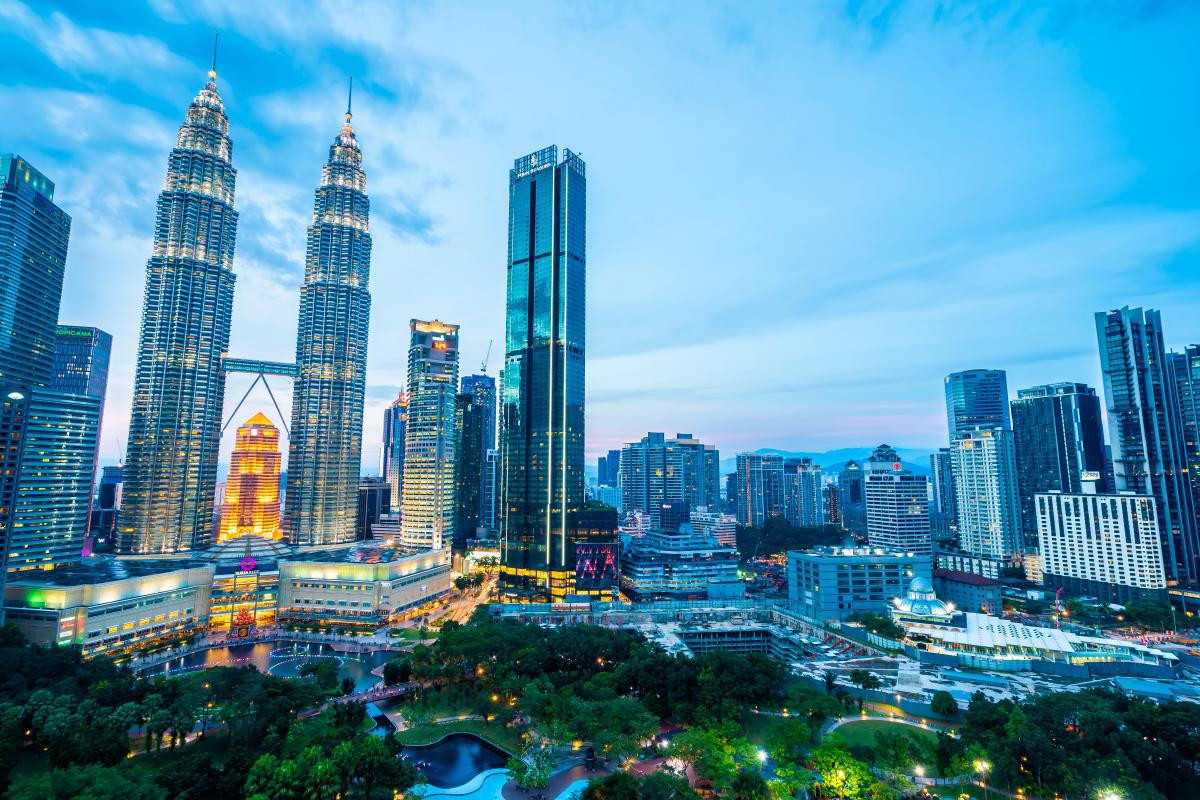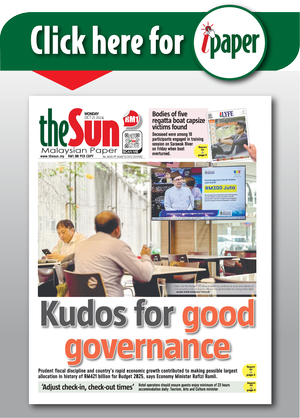PETALING JAYA: As Malaysia gears up for Visit Malaysia 2026 (VM2026), tourism industry players have called for Budget 2026 to prioritise infrastructure, connectivity and distinctive experiences over promotional campaigns to keep the country competitive on the global stage.
Trip.com Malaysia general manager Stephanie Thong said allocations should go beyond marketing to strengthen infrastructure, safety and heritage restoration, ensuring Malaysia remains a leading destination.
She said visa-free travel for China and India visitors have boosted arrivals, with Trip.com data showing Malaysia ranked among the top five destinations for Chinese travellers during Golden Week.
“Our Momentum 2025 report shows Malaysians are increasingly experience-driven.
“About 78% of travellers choose destinations based on food festivals, while 91% are inspired by TV shows and online content,” she said.
Thong added that 62% of travellers book holidays based on social media, while Malaysian users compare hotels with AI tools 2.5 times more than the global average, reflecting a market that is both price-conscious and digitally savvy.
“In the first quarter of this year, Malaysia was the most visited country in Asia, with 10.1 million arrivals, surpassing neighbouring Asean countries. The challenge now is sustaining this momentum,” she said.
Universiti Utara Malaysia Management and Leadership Case Study director Assoc Prof Dr Narentheren Kaliappen said tourism contributed RM291.9 billion, or 15.1% of GDP, in 2024, highlighting its importance as a key growth driver.
He warned that Malaysia risked being “stuck in the middle” as Thailand dominated mass tourism and Singapore captured the premium segment.
“Budget 2026 must help Malaysia carve out its own niche by leveraging diversity and focusing on specialities such as eco-tourism, halal tourism, medical and
edu-tourism,” he said.
Narentheren proposed establishing a “Tourism Innovation Fund” to support start-ups, integrate DuitNow with Singapore’s PayNow and Thailand’s TAGTHAi for seamless cashless travel, and strengthen community-based tourism networks.
“Most importantly, we must move from chasing numbers to chasing value, targeting high-yield segments such as halal
wellness retreats, MICE (meetings, incentives, conventions and exhibitions) and cultural tourism,” he added.
Universiti Teknologi Mara tourism economist Prof Dr Hafiz Hanafiah said allocations must also address structural weaknesses, particularly in air connectivity.
“During Covid-19, many international routes to KLIA were suspended. Budget 2026 should provide incentives for airlines to restore routes to boost Malaysia’s global connectivity,” he said.
He added that despite high arrivals, Malaysia still lags behind regional peers in per capita tourist spending.
“We have been focusing on quantity rather than quality. The government should channel funds to upgrade tourism products to premium standards and position them as signature experiences,” Hafiz said.
He also called for digital grants to help small and medium enterprises deliver services that match Malaysia’s promotional efforts.
“Ensuring that what we promote can actually be delivered on the ground is critical if Malaysia wants to maximise the impact of VM2026,” he added.









